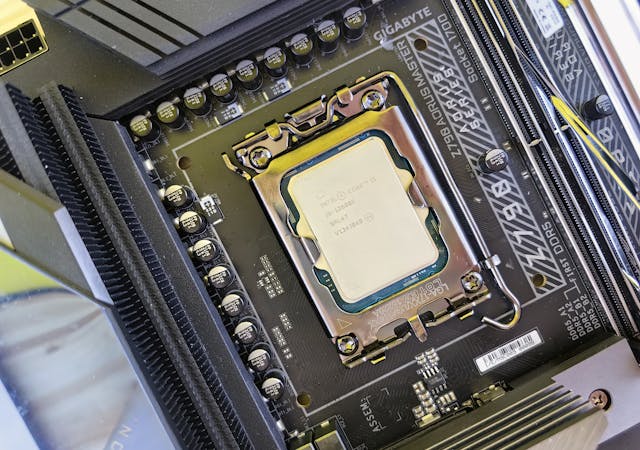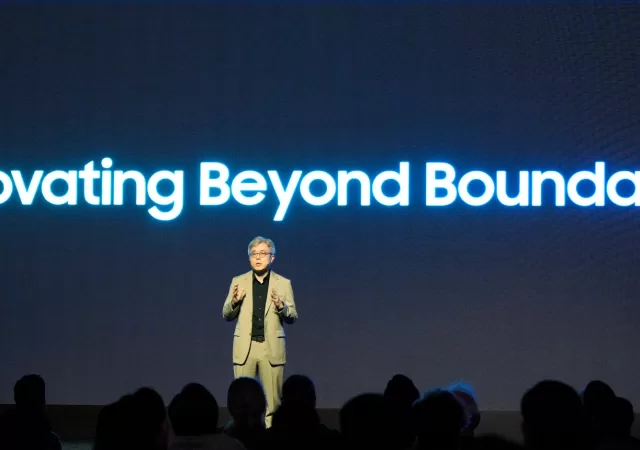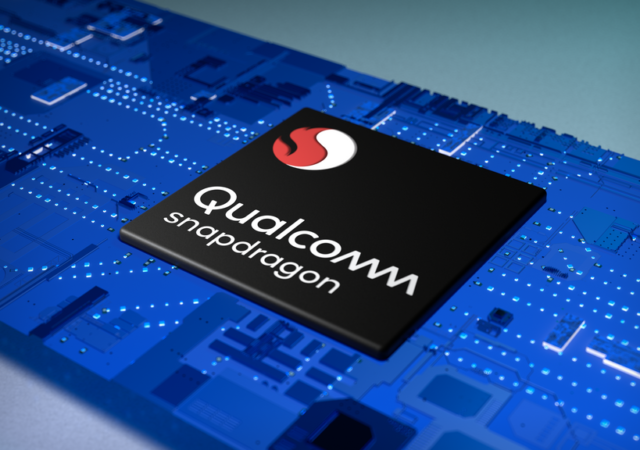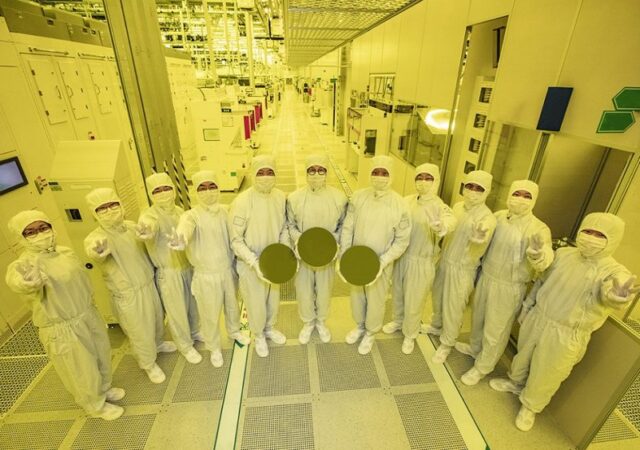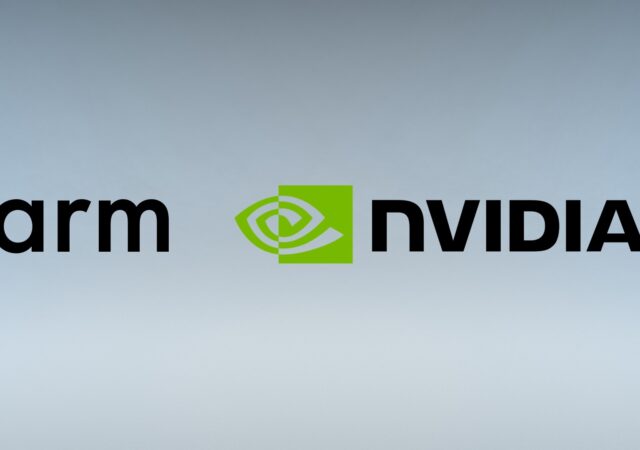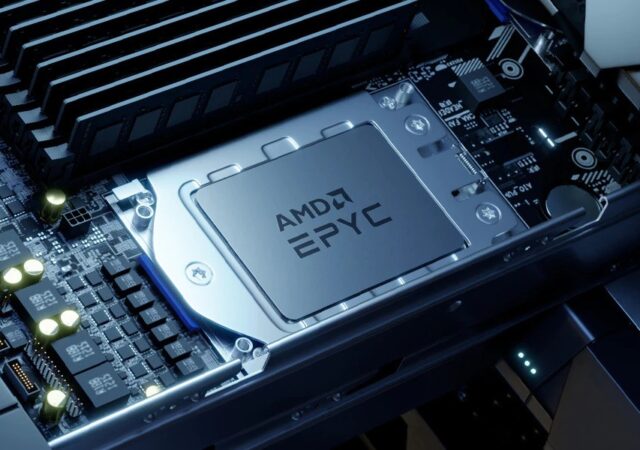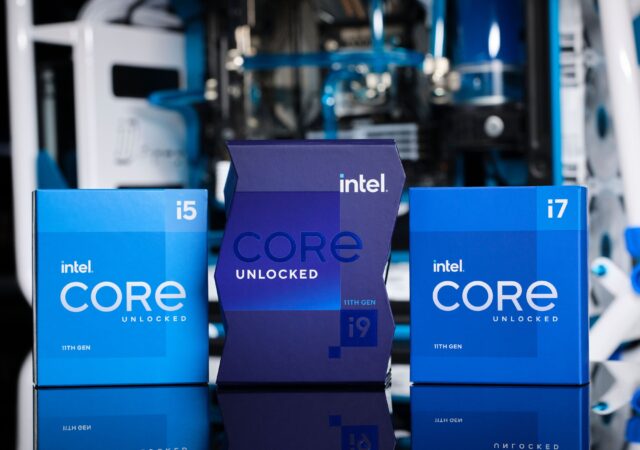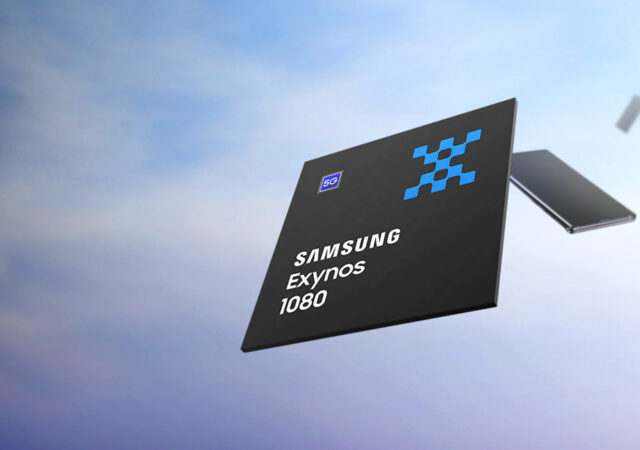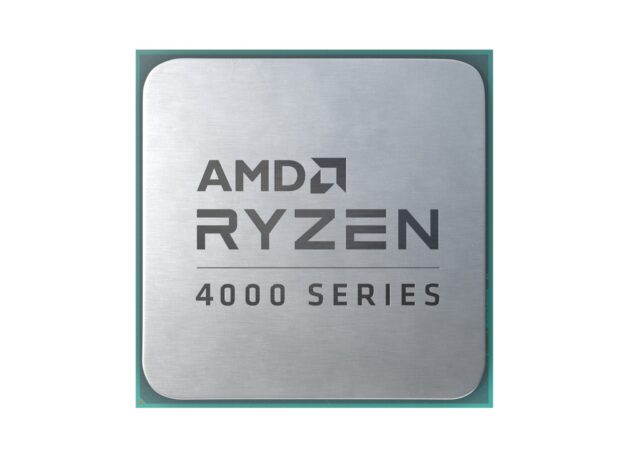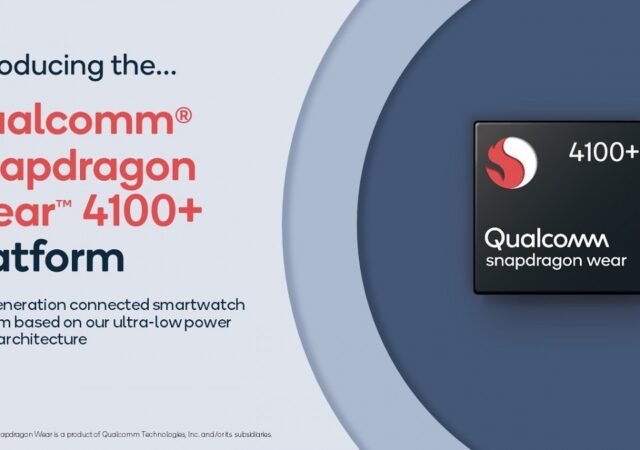Intel teases its next generation lunar lake processors which it’s touting to have better power efficiency and better performance.
Samsung Introduces the World to 2nm, Set to Storm the World 2025 Onward
Samsung just had their Foundry Forum and introduced their detailed plans on mass production of 2nm chips in the near future.
Qualcomm Announces the Snapdragon 782G
Qualcomm has introduced their new Snapdragon 782G SoC with all-around improvements over the older 778G+ SoC.
3nm is Not the Future – It Is Now with Samsung
Samsung has started their 3nm chip manufacturing ahead of their closest rival TSMC. The chips are significantly more efficient and powerful.
[UPDATED] NVIDIA + ARM Deal is Not Happening After All!
NVIDIA’s bid to acquire ARM has reportedly failed! What does this mean for other key players? What does this mean for SoftrBank?
Even More EPYC with AMD – Stacking Zen 3
AMD just launched their new EPYC processors made for servers and data centers. The new processors feature Zen 3 and 7nm technology.
Intel Has Joined the Chat – The New 11th Generation Desktop Intel Core Rocket Lake Processors
Intel finally introduces their new 11th Generation Core processors code name Rocket Lake, up to 19% more powerful than before.
Samsung Unleashes New Exynos 1080 SoC
Samsung announces the new Exynos 1080 SoC which it touts to bring flagship experiences to the affordable smartphone segment.
AMD Ryzen 4000 Desktop Series is Here! No Zen 3 Yet Though.
AMD just announced Ryzen 4000 series for desktopp platform. The new CPUs will only be available via system integrators and OEMs.
Qualcomm Snapdragon Wear 4100 Platform Unveiled
Wearables get better with Qualcomm’s new Snapdragon Wear 4100 platform. The new SoC for wearables is 85% faster than before while cutting back energy consumptions.



